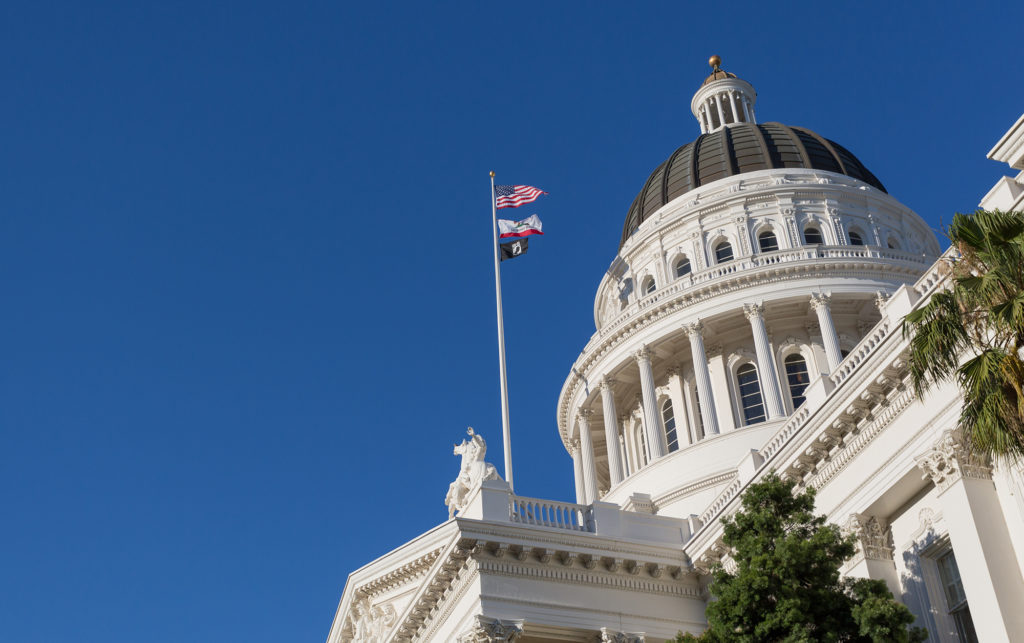The cost of living crisis is weighing on employees. And as companies roll out more unique benefit offerings designed to support staffers, they should spend some time thinking about the financial benefits that workers actually want.
Two out of three U.S. employees ranked financial well-being as the top area within well-being overall in which they want support from their bosses over the next three years, according to a new report from Willis Towers Watson (WTW), an insurance services company. That beat out all other well-being subcategories, including a supportive company culture, mental, emotional, and physical health benefits, and workplace connections.
About 88% of workers are worried about covering their living costs, with 73% concerned about paying for food, 72% distressed about healthcare, 69% fretting over housing, and 66% troubled over transportation, according to the report. Around one in five American employees expect their financial situation to get worse over the next year.
In the past, retirement benefits were the main financial perk that employers would offer to their workers, Mark Smrecek, financial well-being market leader at WTW, tells Fortune. But as costs rise and workplace expectations shift, there’s been an increased emphasis on other meaningful employee benefits.
“As we look at broader lifestyle needs and concerns, the inventory on the employer side is far less equipped to serve its employee base,” he says.
Employers also seem unclear about how much workers actually prize financial well-being benefits. While 66% of U.S. workers want their employer to help them with their financial wellness over the next three years, only 23% of bosses prioritized financial wellness as an aspect of their well-being program.
When it comes to the kind of support they would like to see from employers, around 47% of U.S. workers say they want help growing their savings and wealth, according to the report. That’s followed by 35% who want help getting the most out of the benefits they already have, 33% who would like access to money in an emergency, and 21% want help managing debt. Around 21% want financial insurance, and 11% want help managing student loans.
Smrecek says that growing savings and wealth, as well as getting the most out of benefits, are two relatively traditional requests that employers are comfortable with. But others are more outside their wheelhouse.
“Providing access to money in emergencies and helping manage employee debt are two that are far more emerging from an employee demand point of view,” he says.
Smrecek adds that in addition to fulfilling workers’ specific financial benefit demands, employers need to do three things to best support staffers. He recommends bosses provide solutions that are relevant and accessible to their workforce, like financial literacy coaching and direct access to liquidity. Employers should also supplement those solutions with other less monetary-focused programs like affordable and effective healthcare plans. And companies should be proactive about connecting employees with these benefits.
“As employers look to really address the core need of the employee, how that relates to their business, and how they create value from their benefits, those aspects will drive a lot of the results that they’re looking for,” he says.
Emma Burleigh
emma.burleigh@fortune.com
Around the Table
A round-up of the most important HR headlines.
Workplace vacancies hit a record high of 19.8% last quarter, and a Moody’s report shows that the percentage of empty U.S. offices could peak at 24% in 2026. Quartz
Patagonia told 90 of its remote customer service staffers that they have three days to decide if they want to relocate to one of the company’s seven “hubs” or leave their role. Business Insider
Despite some progress in California, most U.S. businesses are opposed to passing “right to disconnect” legislation, reasoning it wouldn’t fit well with remote workers and those logging in from abroad. CNBC
Watercooler
Everything you need to know from Fortune.
Secret weapons. As more companies are trying to get workers back into the office, they’re employing sociologists, psychologists, and anthropologists to understand how staffers tick. —Ryan Hogg
Lavish living crisis. U.S. workers earning $150,000 per year are more worried about covering their bills than employees making $40,000 up to six figures, according to a report. —Eleanor Pringle
Paychecks for prosperity. China’s biggest banks have requested senior staffers to waive deferred bonuses, or even partially return their wages, to abide by the country’s new $400,000 pre-tax limit. —Bloomberg
Subscribe to the Fortune Next to Lead newsletter to get weekly strategies on how to make it to the corner office. Sign up for free.










/cdn.vox-cdn.com/uploads/chorus_asset/file/25510864/airgo_vision_3.jpg)


















